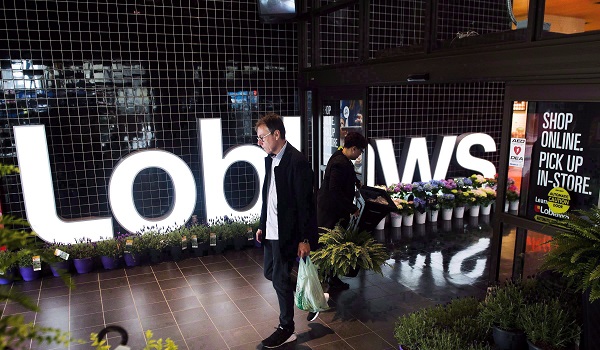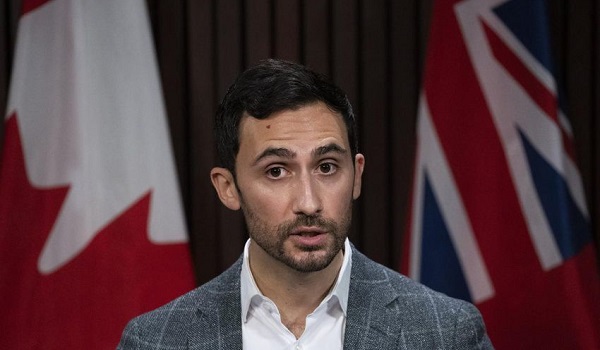In preparation for open banking, you need to know these
Big changes could be coming to Canada’s banking system, creating new opportunities for Canadians to control and streamline how they manage their money, but also giving rise to new cybersecurity needs.
Here’s a look at what open banking, a set of financial policies adopted abroad and proposed for as soon as next year by the Canadian government, could mean for your pocket book.
What is open banking?
As described in last year’s Fall Economic Statement, open banking allows individuals and organizations to securely transfer their financial data to approved third parties, typically service providers such as financial advice and budgeting applications.
Branded by the federal Liberals as “consumer-driven banking,” the planned system is designed to clear barriers for Canadians to access and use their banking data, while also providing safeguards against financial crime.
How does it work?
Under existing systems, users of some financial services need to share their banking credentials, such as usernames and passwords, with financial technologies companies, sometimes called “screen scraping.”
The federal government describes credential sharing as an “unsecure, unregulated practice” that creates security and privacy risks in the event of a data breach.
Sign up for breaking news alerts from CTV News, right at your fingertips
An open-banking system would instead allow consumers to consent for their bank to connect with the approved financial service company of their choice and share data without providing them full access to the accounts in question.
In recent years, similar policies have arisen in the United Kingdom, across the European Union and Australia. The Open Bank Project (OBP), an international firm that advises banks and regulators, says that more than 100 countries have introduced the system in some form, or plan to.
“Open banking initiatives are popping up everywhere,” reads a report from Deloitte’s EMEA Center for Regulatory Strategy. “There is little doubt that markets believe that Open Banking, closely followed by a broader cross-industry data sharing ecosystem, are the way forward.”
What can it do?
The government says it hopes to empower Canadians to safely take advantage of more financial technology services, such as applications that help with budgeting, financial advice and aggregators that bring together different bank accounts into a single, streamlined interface.
Another highlighted benefit: allowing consumers to securely share transactional data to build their credit, such as proof-of-payment for major expenses like rent. The government also expects the system to help businesses by reducing administrative workloads and allow for faster processing of loans.
Baked into the proposed system are protections against accessing and sharing fees, part of what the Department of Finance describes as its efforts to ensure that “Canadians can securely and confidently exercise their right to access and use their financial data to improve their financial outcomes.”
A report released earlier this year from North Economics calculated that in 2022, Canadians paid banks billions in what the firm called “excess” fees.
What are the hurdles?
While championed as a driver of consumer protection and competition among banks, open banking isn’t without its risks.
OBP points to data privacy and security as some of the top challenges facing governments, as implementing a new system for sharing financial information also introduces a potential point of attack for cybercriminals, should a data breach impact the system itself.
“Users can be vulnerable to data breaches, cybercrime and fraud when the regulatory framework fails to address and prepare for these issues,” reads an OBP report last updated in November.
Recent months have seen numerous cybersecurity incidents affecting major public entities including hospitals, municipal governments and even the RCMP itself.
“2023 is, by far, much worse than any other year,” University of Guelph cybersecurity expert Ali Dehghantanha said in an interview with CTV News in December.
Consumer education is another key hurdle, OBP says, as prior introductions of open-banking frameworks have seen disapproval and distrust with the concept.
A June report from the Financial Consumer Agency of Canada, cited by OBP, found that fewer than one in 10 surveyed Canadians had heard of open banking, and once it had been explained to them, a majority said they would not participate.
“Any new technology or process usually meets doubts and fears,” the OBP report reads. “The only solution, aside from implementing secure measures, is to educate the public.”
When could it launch?
The government says framework legislation for an open-banking system is expected in Budget 2024, which itself is set to be released on April 16. The Department of Finance in a policy statement last year wrote that legislation could be adopted, with the “necessary government framework,” by 2025.
In an article reacting to the Fall Economic Statement in November, experts from business law firm McMillan LLP warned that those interested in open banking could have longer still to wait.
“Although the federal government’s intention to introduce legislation to implement the Proposed Framework is a significant step, the news should be met with a healthy dose of skepticism given the history of long delays when it comes to open banking in Canada,” it reads.
This article was first reported by CTV News















